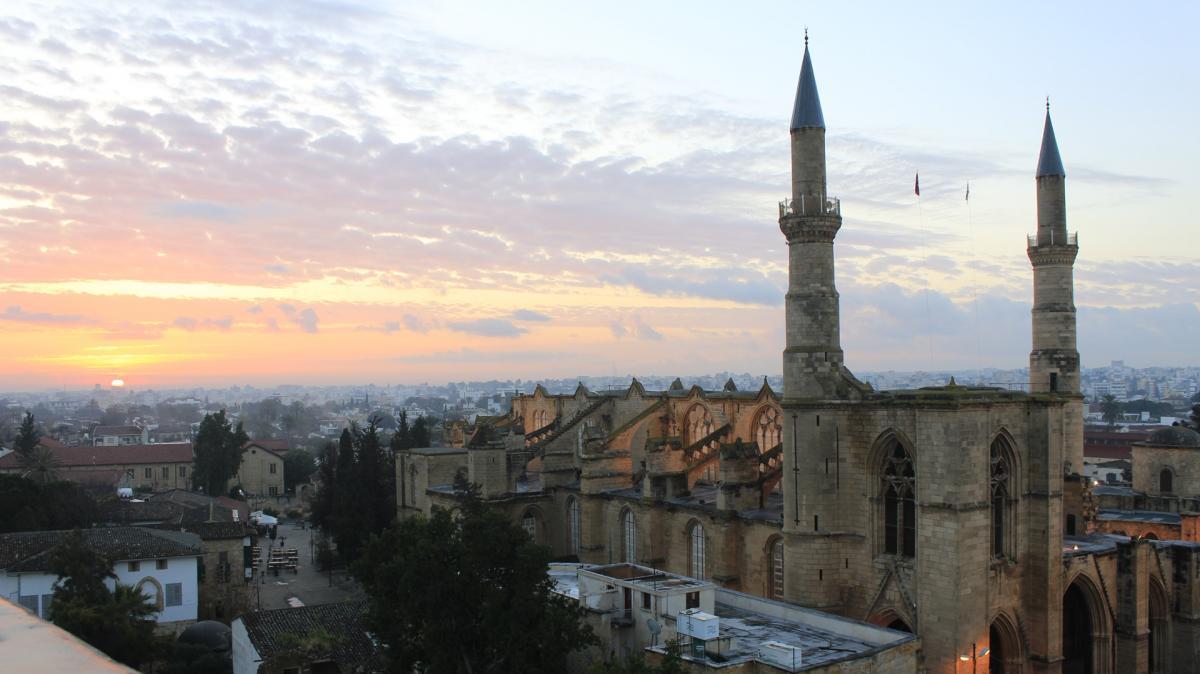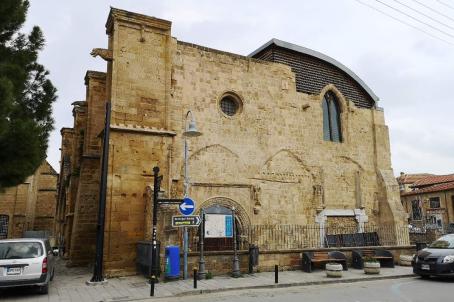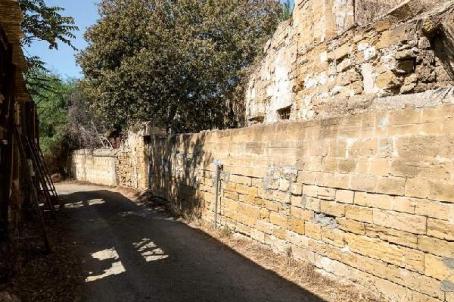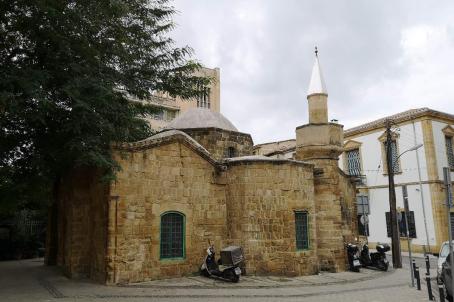Selimiye Mosque

The Selimiye Mosque was founded in the 13th century as a Catholic cathedral, the St. Sophia Cathedral. The cathedral may have been built on the site of a Byzantine church already called Haghia Sophia. After the Crusaders took Cyprus in 1191, the construction of a new sanctuary was commissioned by Alice of Champagne, wife of Hugh I of Cyprus (1205-1218). Construction began in 1208 and its consecration took place in 1326. With the occupation of Nicosia by the Ottomans (1570), St. Sophia Cathedral was transformed into a mosque and two minarets were added to a western part of the building. In 1954, the monument was renamed "Selimye Mosque" in honour of Sultan Selim II (1566-1574) who ruled at the time of the conquest of Cyprus.





